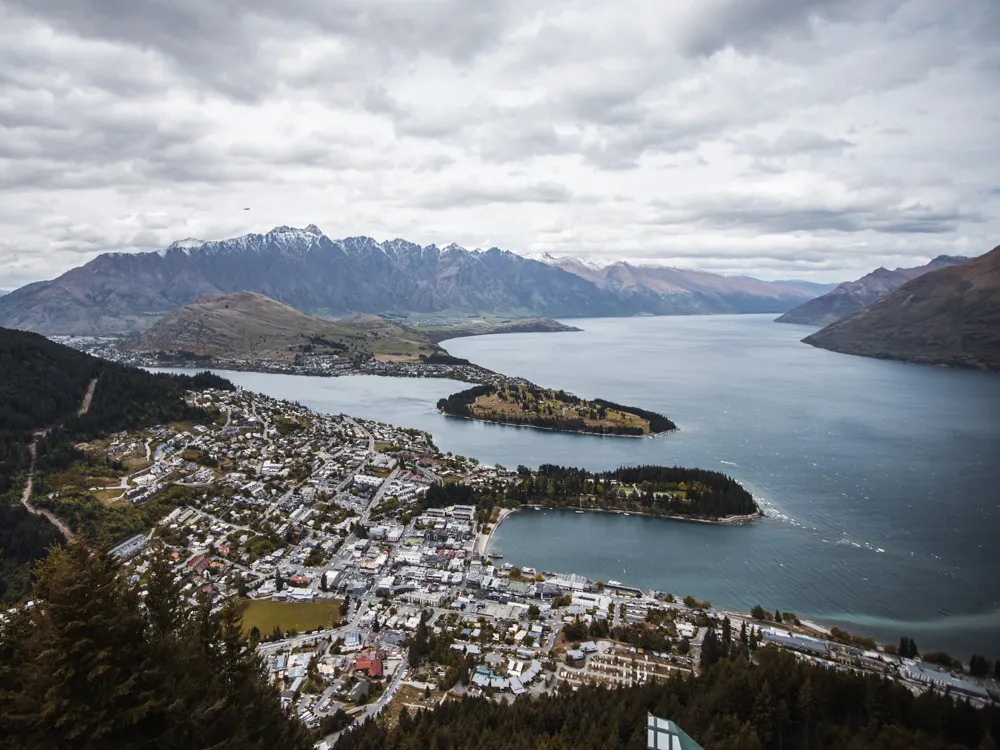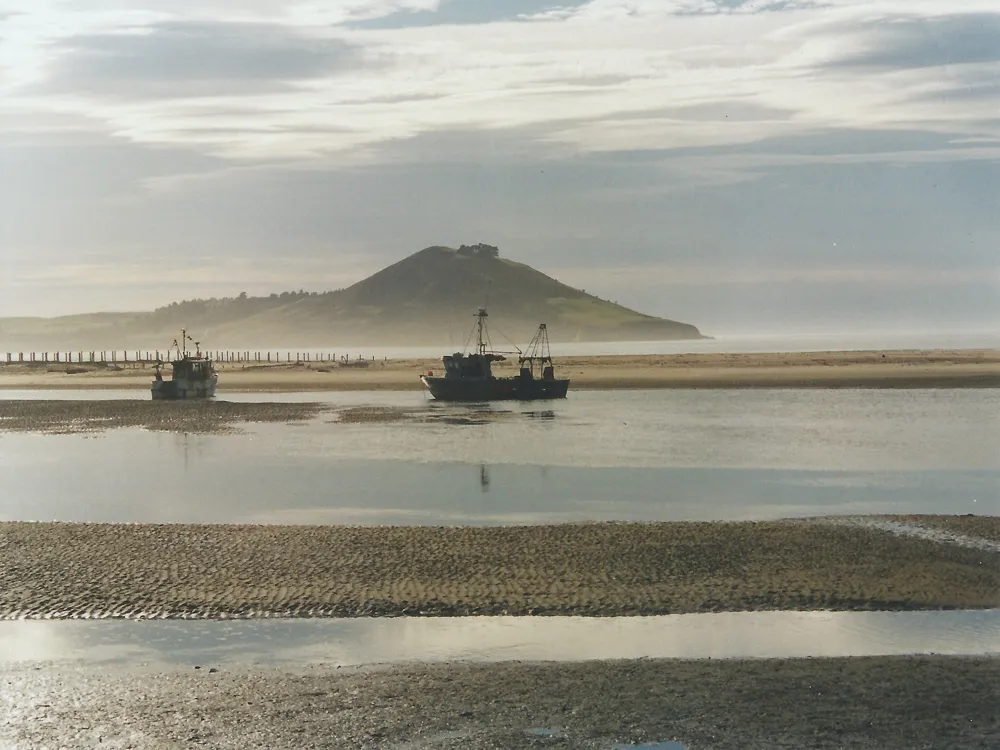The Water Tower in Invercargill stands as a prominent landmark, symbolizing the rich history and architectural ingenuity of this southern New Zealand city. Constructed in the early 20th century, this tower is not only a vital piece of the city's infrastructure but also a testament to the era's design and engineering capabilities. The Water Tower, over the years, has become an iconic symbol of Invercargill, attracting visitors and historians alike who are keen to explore its historical significance and architectural beauty. The need for the Water Tower arose from the rapid urbanization and growth of Invercargill in the late 19th and early 20th centuries. As the population grew, so did the demand for a reliable and efficient water supply system. The tower was designed to provide steady water pressure to the expanding city, ensuring that all residents had access to clean water. The construction of the tower was a significant undertaking at the time, employing the latest technologies and building methods of the early 1900s. It was a major step forward in modernizing the city’s infrastructure and improving the quality of life for its inhabitants. Beyond its functional purpose, the Water Tower is a marvel of architectural design. It features a unique blend of styles that were popular at the time of its construction, including Victorian and Edwardian influences. The tower's structure is characterized by its robust foundation, intricate brickwork, and elegant detailing, all of which reflect the craftsmanship and attention to detail of the era. The Water Tower is not just a utility structure; it's a piece of art that speaks volumes about the city's history and cultural heritage. Today, the Water Tower is more than just a part of Invercargill's water supply system; it's a historical landmark that tells the story of the city's development and growth. Its presence in the cityscape serves as a reminder of the past and a symbol of Invercargill's commitment to preserving its heritage. The tower's significance extends beyond its architectural beauty, representing a bridge between the past and the present, and continuing to play a vital role in the city's identity. Invercargill's Water Tower, a masterpiece of early 20th-century architecture, stands as a testament to the era's engineering prowess and aesthetic sensibility. Designed with a harmonious blend of Victorian and Edwardian architectural styles, the tower is not only a functional structure but also a significant cultural artifact. The architecture of the Water Tower is characterized by its robust construction, intricate brickwork, and ornate detailing, making it a standout feature in the city's landscape. The tower's foundation is built with strength and stability in mind, using materials and techniques that were considered advanced for its time. The brickwork, a key feature of the tower's design, showcases a level of craftsmanship and attention to detail that is rarely seen in modern constructions. Each brick was carefully laid to create not only a sturdy structure but also a visually appealing pattern that adds to the tower's aesthetic value. The brick patterns, along with the use of arches and columns, reflect the Victorian influence in its design. One of the most striking features of the Water Tower is its intricate detailing. The use of decorative elements such as cornices, friezes, and finials adds a layer of elegance and sophistication to the structure. These elements, typical of the Edwardian style, give the tower a regal and imposing presence. The combination of these architectural styles results in a structure that is both majestic and functional, embodying the spirit of the era in which it was built. The interior of the Water Tower is equally impressive, with its complex network of pipes and machinery that were state-of-the-art at the time of construction. The design of the interior reflects a deep understanding of engineering principles and a commitment to efficiency and reliability. The machinery inside the tower was designed to ensure a steady and uninterrupted water supply to the city, a testament to the foresight and planning of its designers. The Water Tower's architecture is not just about aesthetics; it's about innovation, functionality, and sustainability. It represents a perfect blend of form and function, a structure that serves a practical purpose while also enhancing the city's architectural landscape. The Water Tower of Invercargill is a shining example of how architecture can transcend its utilitarian purposes to become a symbol of cultural and historical significance. The best time to visit the Water Tower in Invercargill is during the summer months when the weather is pleasant, making it ideal for exploring. Early morning or late afternoon visits are recommended to avoid the midday crowd and to fully enjoy the serene surroundings. Consider joining a guided tour to gain deeper insights into the history and architecture of the Water Tower. These tours are often led by knowledgeable guides who can share fascinating stories and lesser-known facts about this historic landmark. For photography enthusiasts, the Water Tower offers a magnificent backdrop. The best shots can be captured during the golden hour, when the soft light accentuates the tower's brickwork and architectural details. Remember to respect the site and avoid any restricted areas while taking photos. The Water Tower is accessible to visitors with mobility issues. Check in advance for any specific accessibility services. Also, make use of the available facilities like restrooms and picnic areas to make your visit more comfortable. When visiting the Water Tower, it's important to respect the local customs and etiquette. Keep the area clean, be considerate of other visitors, and adhere to any posted rules or guidelines to ensure a pleasant experience for everyone. Reaching Invercargill's Water Tower is quite straightforward, whether you're traveling by car, public transport, or on foot. The tower is centrally located in the city, making it easily accessible from various points. If you're driving, there are parking facilities nearby. For those preferring public transport, local bus services frequently stop near the Water Tower. Alternatively, the tower is within walking distance from many parts of the city, allowing visitors to enjoy a pleasant stroll through Invercargill's charming streets en route to the landmark. Read More:Overview of Invercargill's Water Tower
Architecture of Invercargill's Water Tower
Tips When Visiting Water Tower
Best Times to Visit
Guided Tours
Photography Tips
Accessibility and Facilities
Local Etiquette
How To Reach Water Tower
Water Tower
Invercargill
NaN onwards
View invercargill Packages
Weather :
Tags : Historical Site
Timings : 1:30 PM to 4:30 PM (Only on Sundays)
Time Required : 1-2 hrs
Planning a Trip? Ask Your Question
Invercargill Travel Packages
View All Packages For Invercargill
Top Hotel Collections for Invercargill

Private Pool

Luxury Hotels

5-Star Hotels

Pet Friendly
Top Hotels Near Invercargill
Other Top Ranking Places In Invercargill
View All Places To Visit In invercargill
View invercargill Packages
Weather :
Tags : Historical Site
Timings : 1:30 PM to 4:30 PM (Only on Sundays)
Time Required : 1-2 hrs
Planning a Trip? Ask Your Question
Invercargill Travel Packages
View All Packages For Invercargill
Top Hotel Collections for Invercargill

Private Pool

Luxury Hotels

5-Star Hotels

Pet Friendly





















